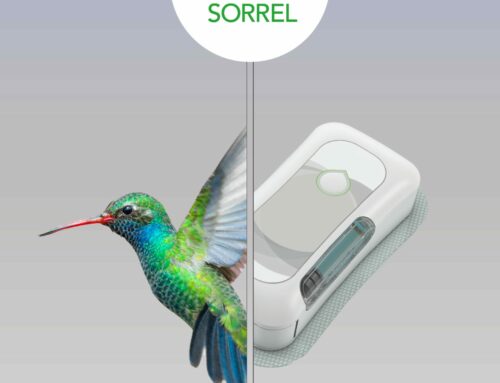
In various articles, we have already written about the fact that the administration of active substances via a transdermal patch can be a beneficial alternative to the oral route. Transdermal patches are particularly widespread in the treatment of chronic diseases of the central neural system such as Alzheimer’s or Parkinson’s disease or the treatment of pain.
“Stepchild”: psychiatric diseases
For patients with psychiatric conditions, there have been only a few transdermal treatments to date. However, many patients have needs that could be addressed by the benefits of transdermal drug delivery, such as reduced frequency of taking their medication, effective control of plasma levels or improved tolerability, e.g. by avoiding a first-pass effect (transformation of a drug during its first passage through the liver). For physicians, the ability to visually check therapeutical compliance is a great help in treating their patients.
Which patches are already available?
A transdermal methylphenidate system was the first patch approved by the FDA (U.S. Food and Drug Administration) for ADHD (attention deficit/hyperactivity disorder) in children and adolescents in the USA (2006). The advantage of the patch is that parents or caregivers can administer the patch in such a way that the drug is effective without interruption during the time when children need to be particularly attentive at school or when doing homework. The patch can be removed at any time and the treatment can be stopped. In 2006, a Selegeline patch was also approved by the FDA in the USA for the treatment of severe depressive disorders. Selegeline belongs to the group of monoamine oxidase inhibitors (MAOI). When taking medication from this family, one must pay attention to one’s diet, since foods such as cheese, tofu, etc. can cause dangerous side effects. In a clinical study, scientists then found that Selegeline administered transdermally exhibited a better safety and tolerability profile than oral MAOI (1).
NEW: Blonanserin
Two new patches for the treatment of psychiatric illnesses have recently been approved. In Japan this is the Blonanserin patch for the treatment of schizophrenia. It is applied once a day and is said to be particularly suitable for people with swallowing difficulties or people with irregular food intake, since food has a pronounced effect on the bioavailability (amount of the active ingredient available in the blood) of Blonanserin (2).
NEW: Asenapine
Just recently an Asenapine patch has been approved in the USA. Asenapine is an atypical antipsychotic. Asenapine tablets are ineffective due to a high first-pass effect when swallowed. The active substance is metabolized in the liver and is then no longer effective. The active substance is therefore currently only available in the form of a sublingual tablet (placed under the tongue). When administering Asenapine via the sublingual route, however, several difficulties arise: among other effects, there may be a loss of taste and oral deafness, or the Asenapine tablets may be accidentally swallowed and therefore not work. For this reason, food and drink should be avoided for at least 10 minutes after taking the sublingual tablet. The need for twice-daily administration presents a further challenge for both patients and nursing staff. The 1-day Asenapine patch therefore promises to address some of these problems through the alternative route of administration alone.
You can find an interesting podcast on this topic here: Transdermal Patches in Psychiatry: Interview with Dr. Leslie Citrome.
LTS is also researching in the field of transdermal patches for psychiatric disorders. We are working on an Asenapine patch that, if developed successfully, would only need to be applied twice a week. We hope that this will make the therapy even more comfortable.
Sources: (1) Citrome L, Goldberg JF, Portland KB. Placing transdermal selegiline for major depressive disorder into clinical context: number needed to treat, number needed to harm, and likelihood to be helped or harmed. J Affect Disord. 2013; 151(2):409–417. (2) Eur J Clin Pharmacol. 2010 Sep; 66(9): 899-902. doi: 10.1007/s00228-010-0834-1. Epub 2010 May 20. Effect of dose timing in relation to food intake on systemic exposure to blonanserin.
image: © Kateryna Kovarzh – 289703664 – stock.adobe.com



